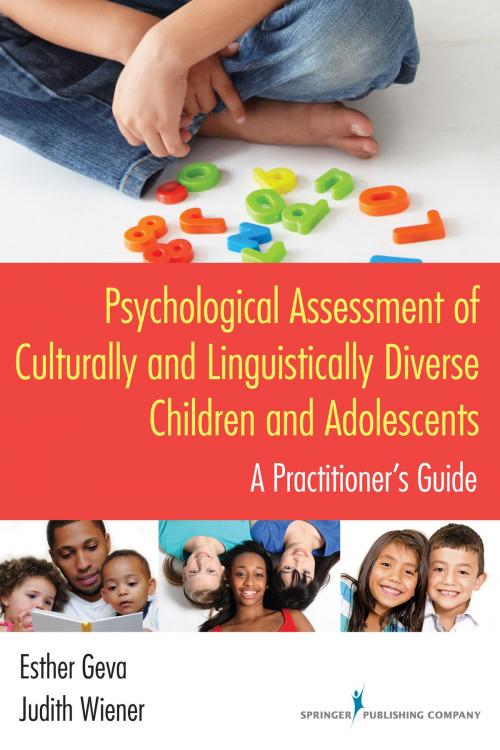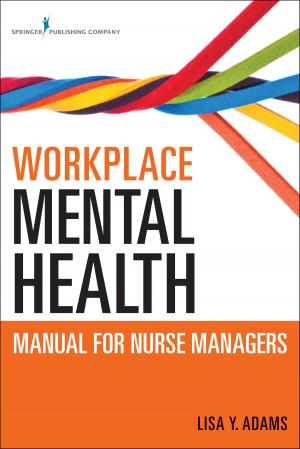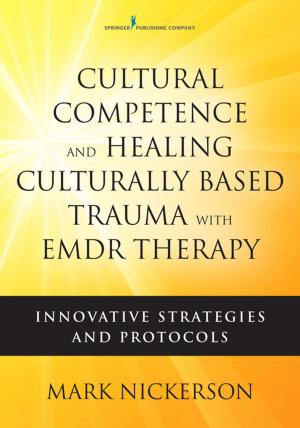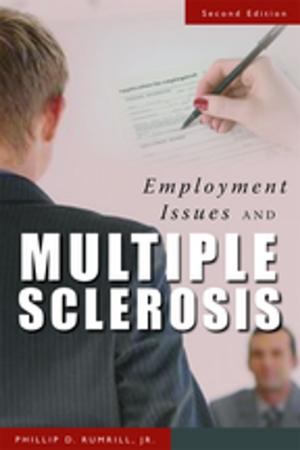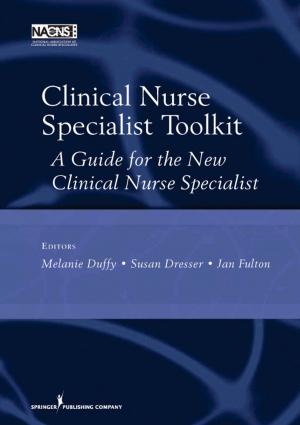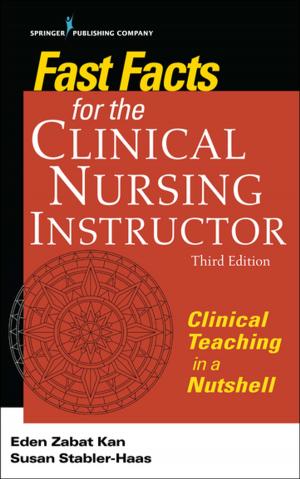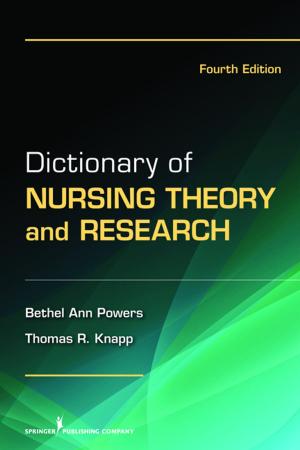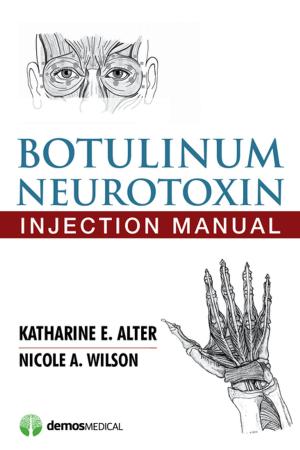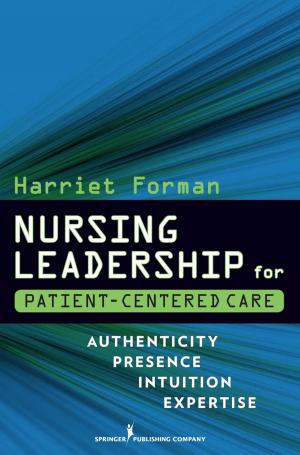Psychological Assessment of Culturally and Linguistically Diverse Children and Adolescents
A Practitioner's Guide
Nonfiction, Health & Well Being, Psychology, Child & Adolescent, Child Development| Author: | Esther Geva, PhD, Judith Wiener, PhD | ISBN: | 9780826123497 |
| Publisher: | Springer Publishing Company | Publication: | August 4, 2014 |
| Imprint: | Springer Publishing Company | Language: | English |
| Author: | Esther Geva, PhD, Judith Wiener, PhD |
| ISBN: | 9780826123497 |
| Publisher: | Springer Publishing Company |
| Publication: | August 4, 2014 |
| Imprint: | Springer Publishing Company |
| Language: | English |
This is the only text for school and clinical psychologists and other mental health professionals to provide a systematic developmental framework for assessment, diagnosis, and consultation of children and adolescents from diverse linguistic and cultural backgrounds. Reflecting the most current research and grounded in the authors' extensive experience as clinicians and educators, it provides much-needed, practical strategies for helping students who require adaptations beyond traditional psychological assessment methods.
The authors describe the linguistic and cultural issues to consider when assessing students from diverse backgrounds, with a particular focus on children who are from immigrant and refugee families in addition to emerging bilingual learners and children of indigenous peoples. Specific assessment strategies are grounded in new research on the typical developmental trajectories of children who are learning a second language, how second language learning and learning disabilities affect students' academic achievement, the impact of culture and immigration experiences on cognitive, social, and emotional development, and culturally sensitive practice with children, adolescents, and families. The authors also provide a discussion of DSM-5 criteria as they relate to culturally and linguistically diverse children and adolescents.
International in scope, the book provides a roadmap for assessment that includes critical elements of decision-making in diagnosis and consultation with families and school staff. Replete with case studies, the book reflects a wide range of languages and cultures. It includes checklists and rating scales, lists of questions to be used in clinical decision-making, lists of "Do's" and "Don'ts" for quick reference, and "Myth vs. Fact" features. The book also features informal instruments developed by the authors that can be accessed online.
Key Features:
- Provides a systematic developmental framework for assessment and diagnosis of students from diverse linguistic and cultural backgrounds
- Offers strategies for assessment in native language and acquired language
- Guides practitioners in reporting on assessments and consulting with families and school staff
- Integrates current research on development of language and literacy of second language-learning children with discussions of key issues of interpreting assessment data
- Covers the academic, language learning, and social-emotional needs of immigrant and refugee children throughout the world
- Includes "Myth vs. Fact" features that discusses and refutes commonly held beliefs about development and assessment of this population
This is the only text for school and clinical psychologists and other mental health professionals to provide a systematic developmental framework for assessment, diagnosis, and consultation of children and adolescents from diverse linguistic and cultural backgrounds. Reflecting the most current research and grounded in the authors' extensive experience as clinicians and educators, it provides much-needed, practical strategies for helping students who require adaptations beyond traditional psychological assessment methods.
The authors describe the linguistic and cultural issues to consider when assessing students from diverse backgrounds, with a particular focus on children who are from immigrant and refugee families in addition to emerging bilingual learners and children of indigenous peoples. Specific assessment strategies are grounded in new research on the typical developmental trajectories of children who are learning a second language, how second language learning and learning disabilities affect students' academic achievement, the impact of culture and immigration experiences on cognitive, social, and emotional development, and culturally sensitive practice with children, adolescents, and families. The authors also provide a discussion of DSM-5 criteria as they relate to culturally and linguistically diverse children and adolescents.
International in scope, the book provides a roadmap for assessment that includes critical elements of decision-making in diagnosis and consultation with families and school staff. Replete with case studies, the book reflects a wide range of languages and cultures. It includes checklists and rating scales, lists of questions to be used in clinical decision-making, lists of "Do's" and "Don'ts" for quick reference, and "Myth vs. Fact" features. The book also features informal instruments developed by the authors that can be accessed online.
Key Features:
- Provides a systematic developmental framework for assessment and diagnosis of students from diverse linguistic and cultural backgrounds
- Offers strategies for assessment in native language and acquired language
- Guides practitioners in reporting on assessments and consulting with families and school staff
- Integrates current research on development of language and literacy of second language-learning children with discussions of key issues of interpreting assessment data
- Covers the academic, language learning, and social-emotional needs of immigrant and refugee children throughout the world
- Includes "Myth vs. Fact" features that discusses and refutes commonly held beliefs about development and assessment of this population
